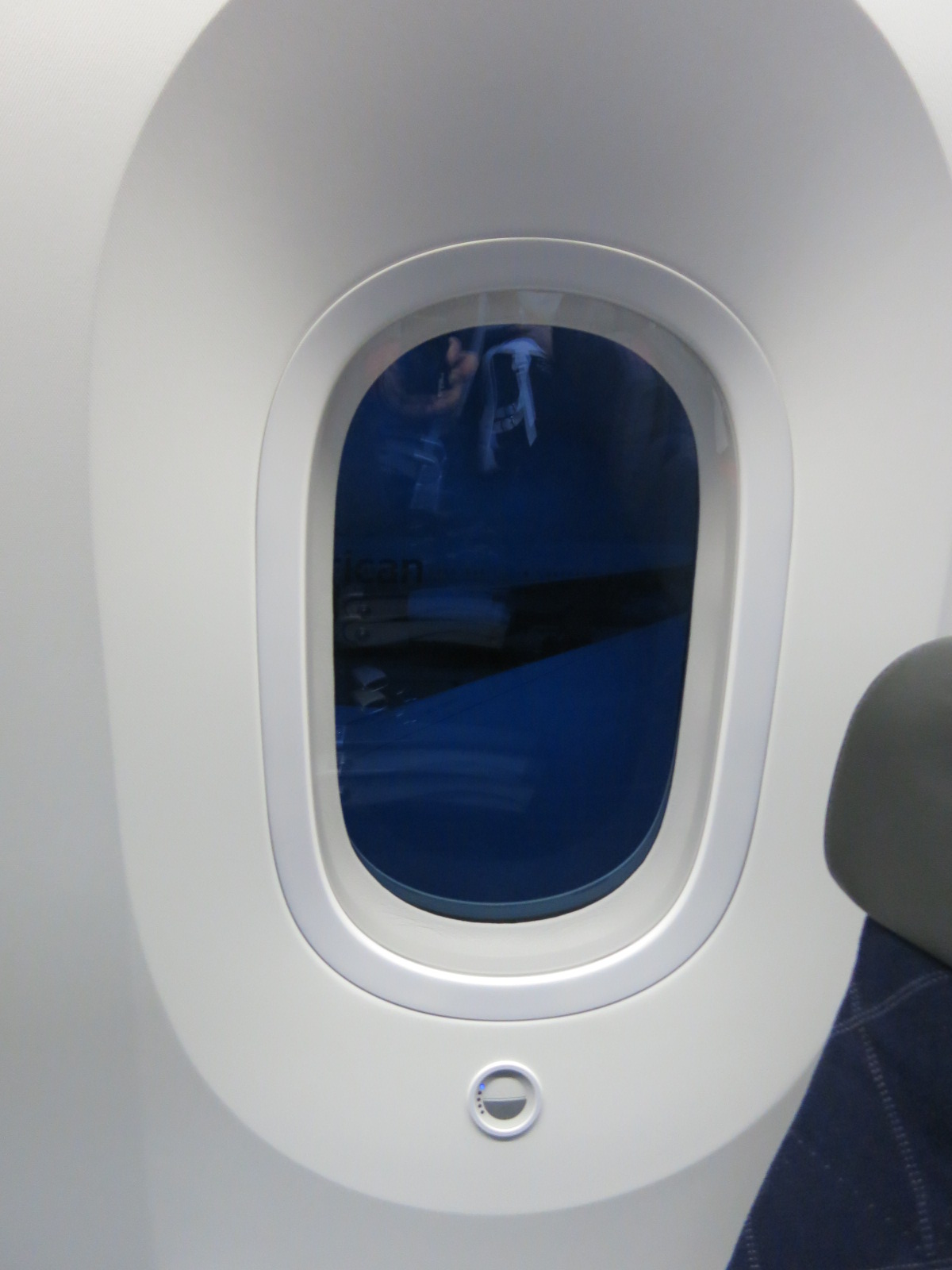No - the instruction / request only has to be reasonable.
The problem with that, is that reasonable in the circumstances can be a very grey area. Some things are clearly reasonable (especially if safety related) like bring your seatback upright for take off, and all baggage for people in the emergency exit rows must go in overhead lockers.
Some potential instructions would be clearly unreasonable - a demand to hand over all your cash, for example.
Then comes the grey areas in between, with all sorts of nuances. A instruction to move seats because a family wants to sit together, an instruction to move seats because you are male and there is an unaccompanied minor beside you, an instruction to move to economy from business because the airline wants the seat for tech crew they want to move for commercial reasons, an instruction to move to economy from business because a mate of the CSM is flying for leisure purposes, and they feel like upgrading them. Some of these requests are more reasonable than others.
The problem is interpretation, and the place to debate it is not onboard at the time - but there should be consequences arising from unreasonable requests. In the end (if you choose to push it), it is not the you or the airline that will determine whether the request was reasonable - it will be a judge after you actually follow through on your conviction and take the matter to court.




